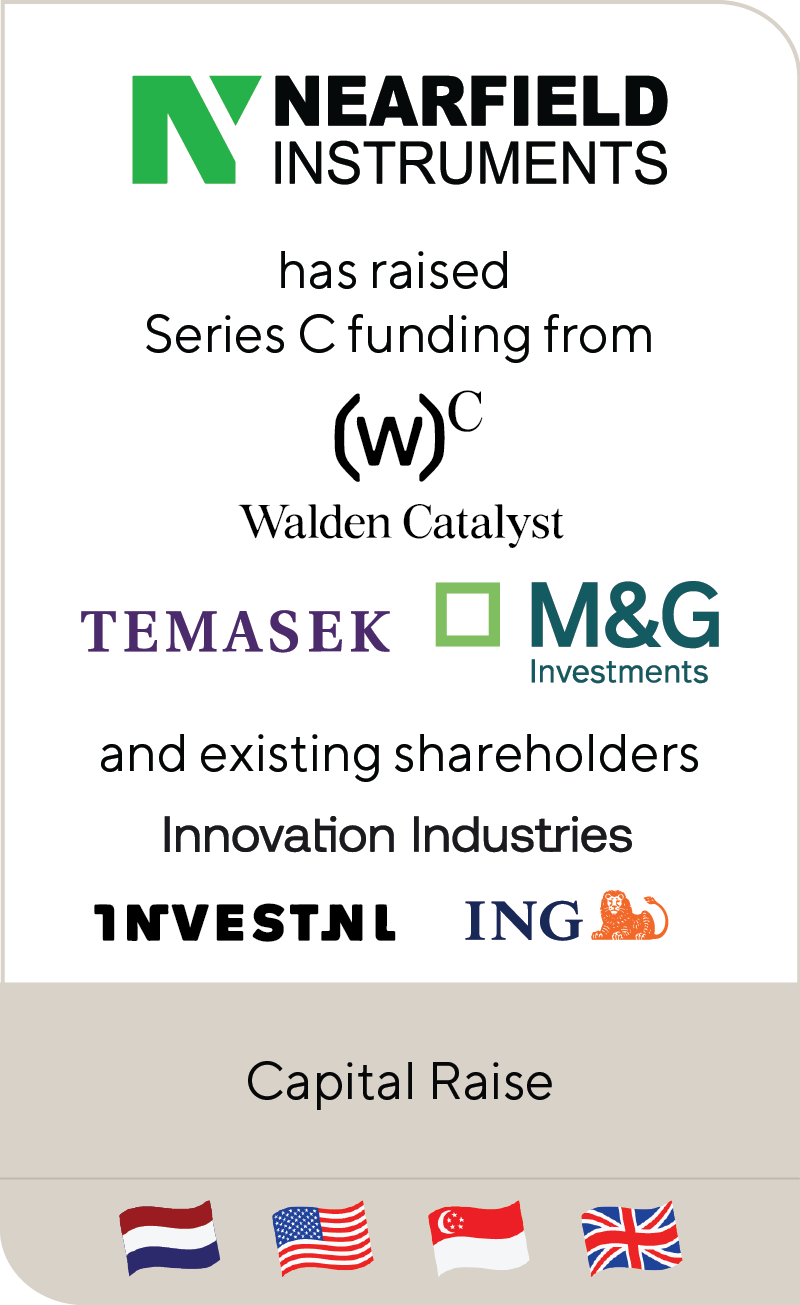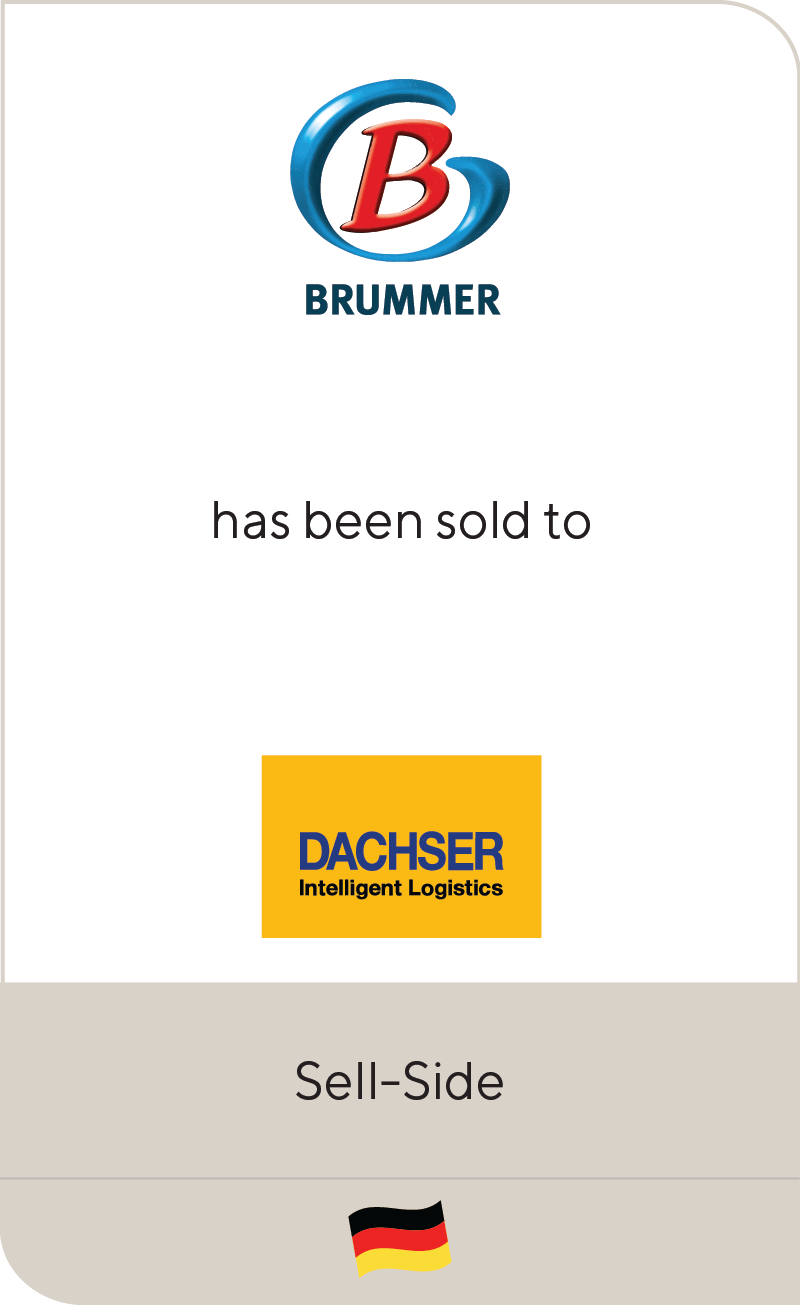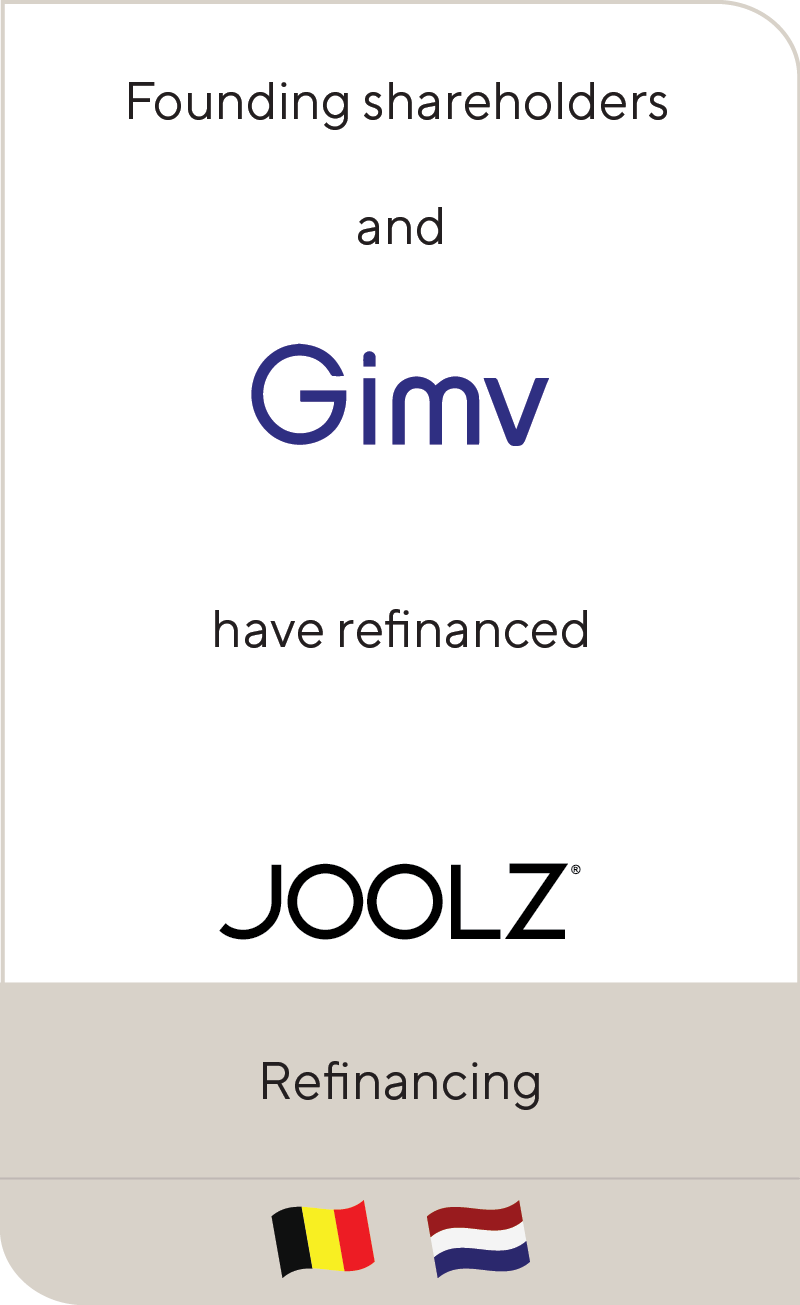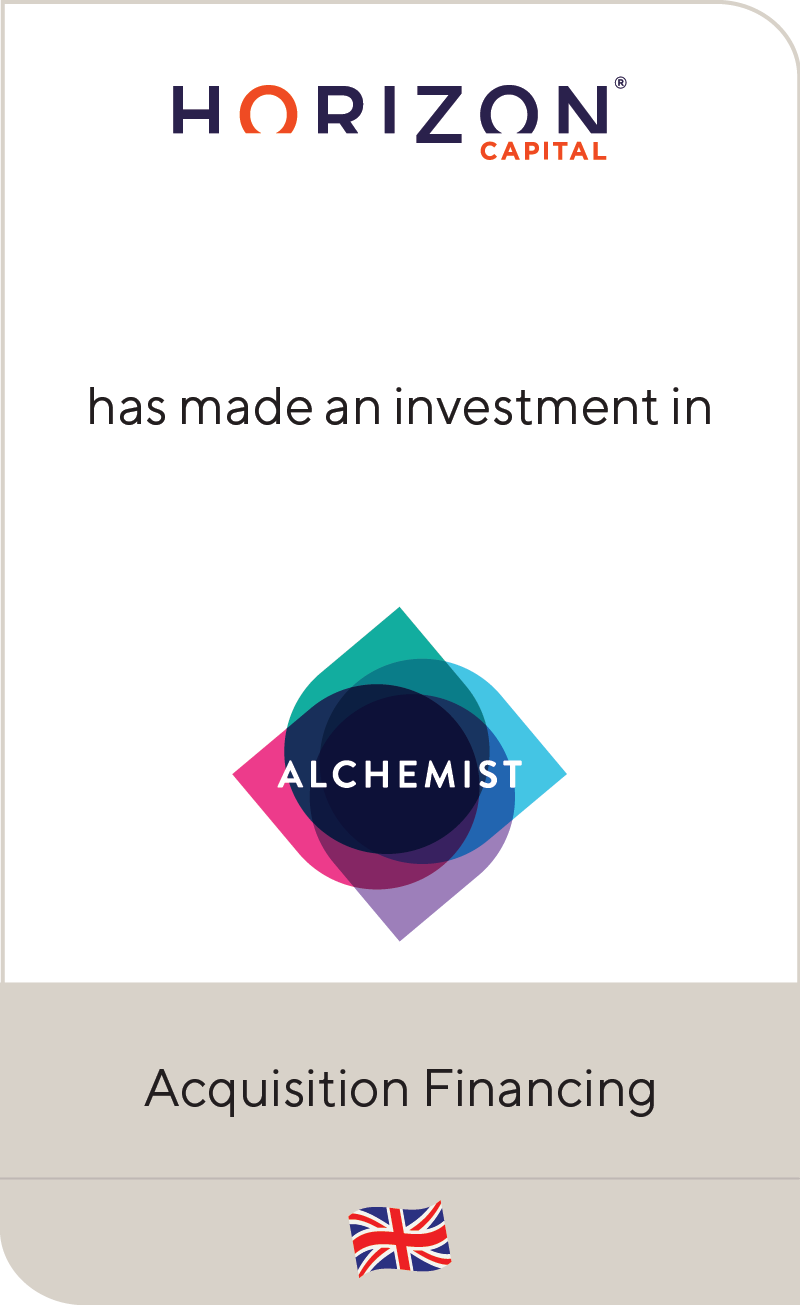Doing Well While Doing Good: Profiting from Non-Profit Tech
May 2021
Non-profit organizations (NPOs) are increasingly adopting new technology solutions as they aim to provide efficient services, spawn innovation and attract the donations that are critical to their existence.
The NPO software sector—which represents more than $15 billion TAM—is a greenfield opportunity for private equity investors, as it is highly fragmented and under served by larger horizontal players. For several years, a single non-profit focused software provider dominated the space, but the recent emergence of PE-backed, vertically-integrated providers and Salesforce’s acquisition of Salesforce.org have introduced rapid change in the landscape.
Today, acquirers can capitalize on the underpenetrated market opportunity to build a
platform that offers critical tech solutions while serving all major non-profit categories.
Software Solutions Light the Way Through COVID-19 and Beyond
With more than 1.8 million NPOs in the U.S., NPO employees currently represent the third largest workforce in the country. Many non-profits operate under strict financial and human capital constraints, relying on volunteers to expand their capacity. Like many sectors, they were not immune to the economic disruption caused by COVID-19.
As the pandemic took hold, they experienced cancellations of in-person fundraisers, a reduction in volunteer participation and decreasing individual donations. According to Independent Sector, 83% of NPOs reported a reduction in revenue, and 71% responded to the crisis by reducing services or available operations. While the CARES Act provided financial assistance to NPOs and incentivized donations through additional tax provisions, they continue to be resource constrained.
Nevertheless, demand for NPO services has remained steady. To sustain operations
beyond the pandemic and fulfill their missions in a cost-effective manner, many NPOs are adopting software solutions that enable innovation and improve operational efficiency. As non-profits fight to survive in this difficult environment, technology solutions are no longer merely desirable—they are now mission critical.
Summary
-
Lincoln International's experts from the Technology, Media & Telecom Group provide perspective around the investment opportunity in NPO technology solutions.
- Click here to download a printable version of this perspective.
- Sign up to receive Lincoln's perspectives
Technology solutions can address specific NPO pain point, including:
|
1 |
Transparency As the generations shift and millennials become a larger portion of many NPOs’ donor bases, donors are increasingly demanding transparency around how their funds are put to use within the organization. Technology platforms allow NPOs to create feedback loops and notifications to give donors updates on how donations are spent, counteracting the societal mistrust in how charities spend donations. |
|
2 |
Donor Engagement Similarly, the younger donors have adopted new ways of interacting with NPOs, with many preferring to donate via mobile phone or an app in lieu of pulling out a checkbook. To stay relevant, NPOs are using technology to optimize their targeting and curate content to different channels depending on the consumer. Additional tech tools allow for leveraging information about an NPO’s existing donor base to create personalized messaging, while ensuring marketing tactics are compliant with privacy regulations like the California Consumer Privacy Act (CCPA) and General Data Protection Regulation (GDPR). |
|
3 |
Retention Technology-enabled systems allow for regular engagement with donors and the creation of a payment platform that encourages reoccurring donations. |
|
4 |
Donor Identification Software solutions enable NPOs to court new donors through personalized marketing. By leveraging information on their potential donor base, NPOs can create messaging targeted at each individual to increase the likelihood that they make a donation. |
|
5 |
Organization Management Comprehensive organization management technology platforms help NPOs achieve the operational efficiency, regulatory compliance and other benefits of large private foundations—like tax and accounting services—for a fraction of the cost. |
Lincoln PerspectiveThough non-profits must adopt technology solutions to ensure their relevance and survival in the coming years, the market for NPO software remains highly fragmented. Historical underinvestment and a lack of leading brands in the sector have enabled private equity investors to engage in consolidation, looking to capitalize on the benefits that scale can bring. Recent deals in the space over the first two months of 2021 have signaled momentum in the sector, making this an ideal moment for investors to act. For private equity investors considering entering the NPO software space, Lincoln identifies a few notable factors: |
|||||||||||||||||||||
NPOs rely on cloud-based solutions:By updating and broadening their technology suites, NPOs are able to provide better aid to those they serve, improve employee efficiency and make informed, data-backed decisions on operations. Solutions to watch include:
Providers adapt business models for NPOs:As NPOs face increasing resource constraints, providers that stand apart from the crowd are developing business models that address and solve for these constraints. For example, foundation management provider Foundation Source developed a payment model in which donor fees are based on AUM. ESG plays a part:For private equity players considering ESG factors in their portfolio, NPO software solutions also make for a prime socially responsible investment. For example, NPO software solutions may be attractive to managers of major university endowments who are increasingly answering to students and alumni who are interested in the social and environmental impact of their investments. Buy and build strategy sees success:The highest quality PE-backed platforms seek to acquire for both scale and functionality, offering services across major non-profit categories (arts & culture, healthcare, education, religious organizations) while capturing the full range of technology tools. Customer relationship management, fundraising and payments are particular areas of interest. As PE investors evaluate additions to their platform, they should consider acquiring capabilities that larger strategics lack, positioning their offering for a sale down the line. Software translates to other industries:Margins in the NPO software space are favorable, and the technology tools NPOs are utilizing have applications to other sectors, allowing investors to look upmarket and compete with larger strategics. In 2021, Lincoln expects additional platforms to emerge as PE-backed companies seek liquidity and sponsors new to the market aim to acquire highly scaled assets. |
|||||||||||||||||||||
Contributors

I am inspired by working with entrepreneurs and innovators who feel passionately about what they are creating.
William Bowmer
Managing Director & U.S. Co-head of TMT
San FranciscoMeet Professionals with Complementary Expertise

I am inspired by working with entrepreneurs and innovators who feel passionately about what they are creating.
William Bowmer
Managing Director & U.S. Co-head of TMT
San Francisco
I deliver a hands-on approach to provide strategic advice to my clients throughout the transaction and beyond.
Chris Brooks
Managing Director & European Co-head of TMT
LondonRelated Perspectives

Filtering the Noise: a Deep Dive into IT Services’ Key Valuation Drivers
This article was first published by TMT Finance on 9 July 2024: Filtering the noise: a deep dive into IT services’ key valuation drivers | TMT Finance The information technology… Read More

S&P Global Market Intelligence Webinar | M&A in Focus: Value Creation in a Higher-for-Longer World
Originally aired by S&P Global on Wednesday, July 26. Chaim Lubin, Managing Director in Lincoln’s Technology, Media and Telecom (TMT) Group, recently participated on a panel where industry experts discussed… Read More

Cybersecurity: Insights from Spring 2024’s Premier Conferences
Lincoln International attended several of the foremost cybersecurity conferences globally in recent months. These gatherings are crucial as they bring together experts, executives, government officials and thought leaders to evaluate… Read More

Cybersecurity Report: Year-End 2023 & Q1 2024
In 2023, cybersecurity M&A activity saw a significant decline in both volume and value, reaching its lowest point since 2014, attributed to factors such as high interest rates, inflation and… Read More


















